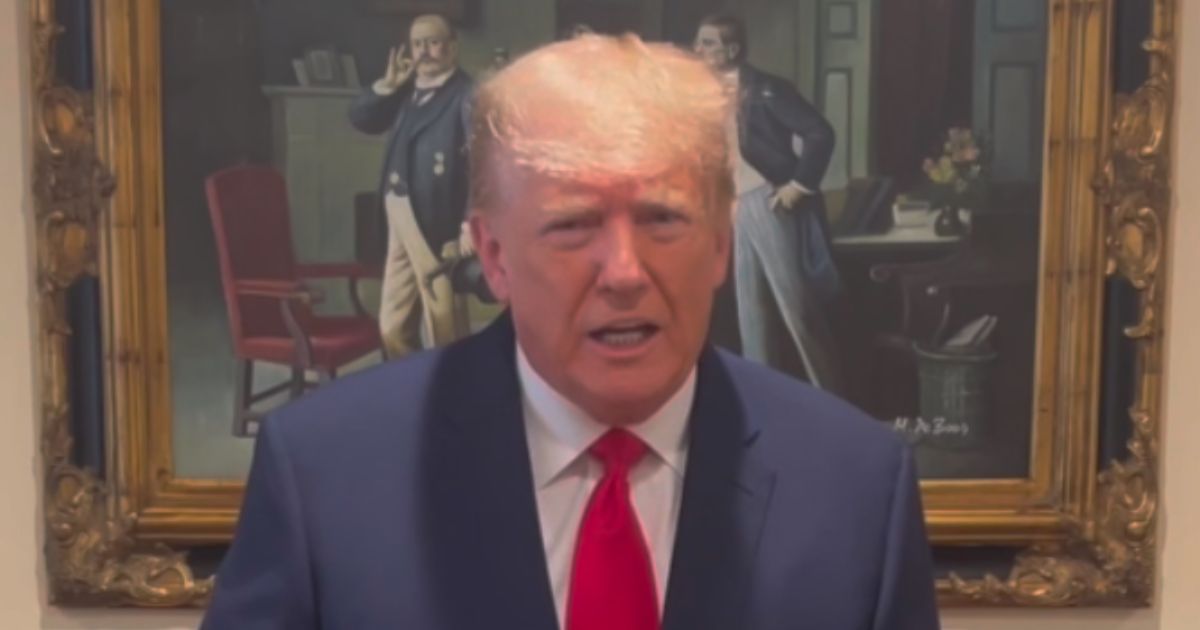Kamala Harris' Polling Lead Narrower Than Biden's and Clinton's
Vice President Kamala Harris faces a tighter race against former President Donald Trump compared to her Democratic predecessors at this stage in their respective campaigns.
According to Newsweek, Harris holds a narrower polling lead than President Joe Biden or former Secretary of State Hillary Clinton did at the same point in the 2020 and 2016 elections.
With early voting underway in many states, including crucial battlegrounds, the race between Harris and Trump remains exceptionally close.
The current polling averages show that Harris has a modest lead over Trump. FiveThirtyEight's aggregate of recent polls indicates Harris is up by 1.7 points, with 48.1 percent of voters supporting her compared to 46.4 percent for Trump. Similarly, RealClearPolitics shows Harris leading by 1 point, with 49.2 percent support versus Trump's 48.2 percent.
Harris's Lead Smaller Than Previous Democratic Candidates
This slim margin stands in stark contrast to the leads held by Biden and Clinton at the same point in their respective races. On October 21, 2020, Biden led Trump by 9.9 points in FiveThirtyEight's average and 6.2 percent in RealClearPolitics' average. Four years earlier, on the same date in 2016, both polling aggregators showed Clinton with a 6.2-point advantage over Trump.
The tightening of the race raises questions about potential polling errors and their impact on the election outcome. In both 2016 and 2020, the final polling averages overestimated Democratic support compared to the actual results.
Clinton won the popular vote by 2.1 points despite a larger polling lead, while Biden's 4.5-point popular vote victory was smaller than his final polling advantage.
However, polling experts caution against assuming similar errors will occur in 2024. Ashley Koning, director of the Eagleton Center for Public Interest Polling at Rutgers University, noted that pollsters have adjusted their methodologies since 2020 to improve accuracy.
Battleground States Remain Key to Victory
While Harris maintains a slight edge in national polling, the race in crucial swing states remains highly competitive. A Washington Post poll of seven key battleground states – Arizona, Georgia, Michigan, Nevada, North Carolina, Pennsylvania, and Wisconsin – showed Harris with a one-point lead overall.
The poll, conducted from September 30 to October 15, revealed Harris leading in Georgia, Michigan, Pennsylvania, and Wisconsin.
Nevada was tied, while Trump held advantages in Arizona and North Carolina. With a margin of error of plus or minus 1.7 percentage points, these results underscore the tight nature of the contest in states likely to determine the Electoral College outcome.
A Suffolk University/USA Today poll, conducted from October 14 to October 18 among 1,000 likely voters, echoed the closeness of the race. It showed Harris with a one-point lead over Trump (45 percent to 44 percent), with third-party and independent candidates receiving about three percent support combined.
Campaign Strategies in Final Stretch
As the election enters its final weeks, both Harris and Trump are intensifying their efforts in battleground states. The candidates are crisscrossing these key territories, hoping to sway undecided voters and motivate their bases to turn out.
The importance of these swing states is underscored by the high voter turnout already observed in some areas. North Carolina, for instance, has reported significant participation in the early days of early voting.
The tight polling numbers suggest that the outcome of the 2024 election may hinge on small margins in a handful of states. This scenario echoes recent elections where the Electoral College result diverged from the national popular vote.
Implications of a Close Race
The narrowness of Harris's polling lead compared to her predecessors raises questions about the potential for another closely contested election. While national polls show a slight advantage for the Vice President, the margins in key battleground states indicate that the race remains highly competitive.
As Election Day approaches, both campaigns are likely to intensify their efforts in these crucial states. The outcome may ultimately depend on factors such as voter turnout, last-minute shifts in public opinion, and the effectiveness of each campaign's get-out-the-vote operations.
With memories of polling errors in previous elections still fresh, observers are cautioning against over-reliance on current numbers. The final weeks of the campaign promise to be intense and closely watched, as both Harris and Trump make their final appeals to the American electorate.



